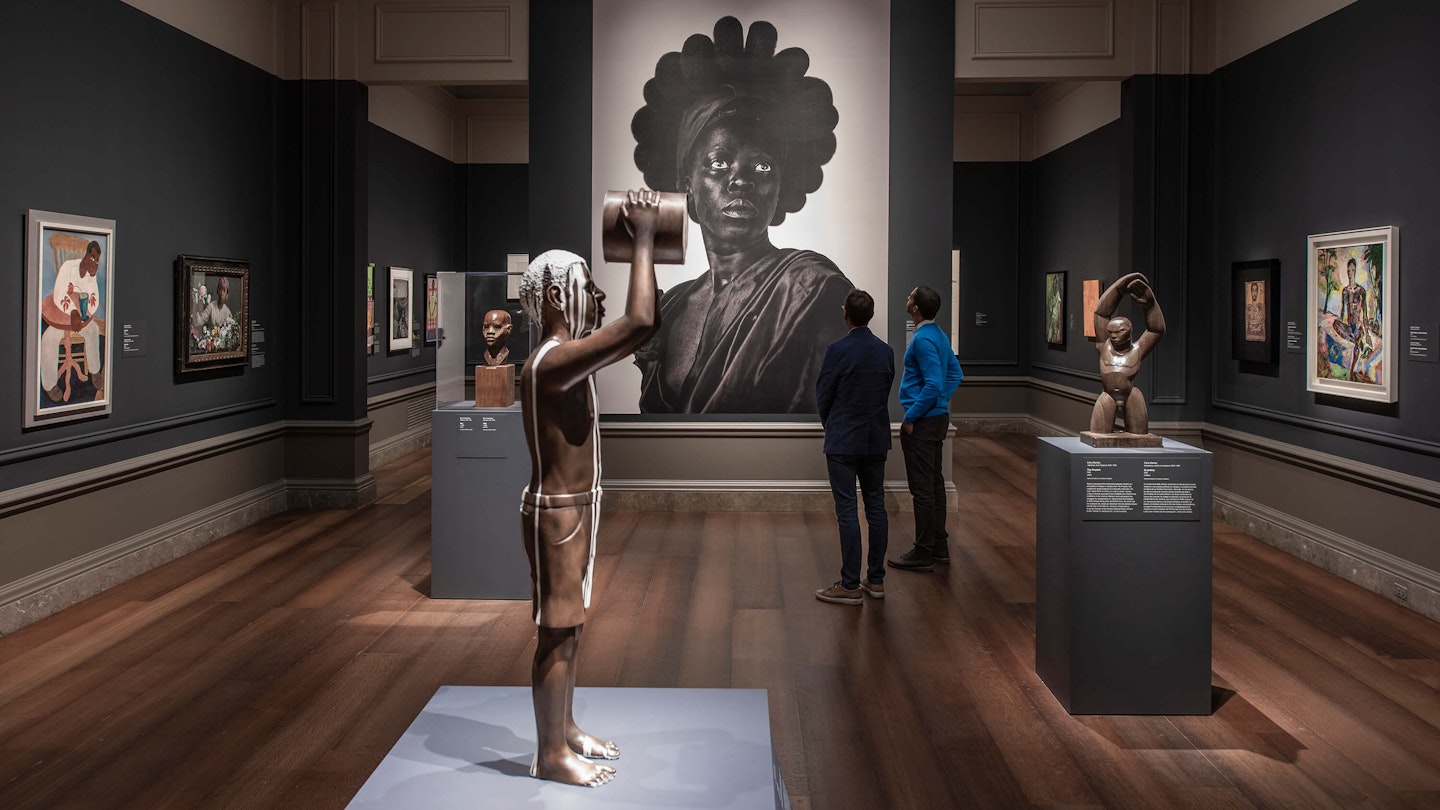Exhibition Summary
Afro-Atlantic Histories Exhibition in Washington, DC
After its successful display at the Museum of Fine Arts, Houston, the groundbreaking exhibition tracing the history of the transatlantic slave trade and its effects on the African diaspora is now open at Washington, DC.
Located in the West Building of the National Gallery of Art through July 17, the Afro-Atlantic Histories exhibition features over 130 pieces, including paintings, drawings, prints, sculptures, photographs, and multimedia pieces, all reflecting artistic narratives from the 17th to 21st centuries, created by artists from 24 countries across Africa, Europe, the Americas, and the Caribbean.
Notable Artists Represented
The exhibition showcases the works of renowned contemporary artists such as Kara Walker, Hank Willis Thomas, and Ibrahim Mahama. Additionally, it pays homage to historical figures like Frans Post and Jean-Baptiste Debret, as well as influential 20th-century artists including Alma Thomas and Romare Bearden.

The exhibit was organized through a partnership between the MFAH and the Museu de Arte de São Paulo in Brazil, where it originally debuted in 2018. Washington, DC, serves as the first location on a national tour, with plans for it to travel to the Los Angeles County Museum of Art among other destinations yet to be revealed.
According to NGA director Kaywin Feldman, “This exhibition will shed light on the many histories that are crucial to our understanding of the legacy of slavery across the Americas. Through works made by artists across five centuries, Afro-Atlantic Histories will celebrate the ongoing influence of the African diaspora on both sides of the Atlantic.”
Thematic Breakdown of the Exhibit
Divided into six poignant themes, the Afro-Atlantic Histories exhibit engages visitors in understanding various aspects of the slave trade and its implications. These themes include:
- Maps and Margins: Discusses the early institutions of the slave trade across regions.
- Enslavements and Emancipations: Focused on revolt, escape, and abolitionist efforts.
- Everyday Lives: Highlights the daily experiences within Black communities.
- Rites and Rhythms: Celebrates cultural expressions and ceremonies in the Americas and Caribbean.
- Portraits: Features Black leaders from the 18th and 19th centuries alongside various artists.
- Resistances and Activism: Chronicles the ongoing fight for equality beyond the United States.

The exhibition articulates the complexities of Black history and culture, highlighting that many enslaved Africans migrated to regions beyond the United States. Curator Kanitra Fletcher emphasized the need for a broader understanding of Black identities, noting, “All the rest ended up in South America and the Caribbean, with 40% going to Brazil.” She invites visitors to recognize the connections and shared experiences among various Black cultures.
As highlighted at the exhibition’s launch, Vice President Kamala Harris remarked, “This is world history, and it is American history. Yet this history is rarely taught in our schools or shown in our museums.” Such statements underline the necessity of inclusivity in cultural narratives and historical education.
Consequently, the Afro-Atlantic Histories exhibition not only serves as a valuable cultural resource but also as a reminder of the rich historical tapestries woven across continents.





